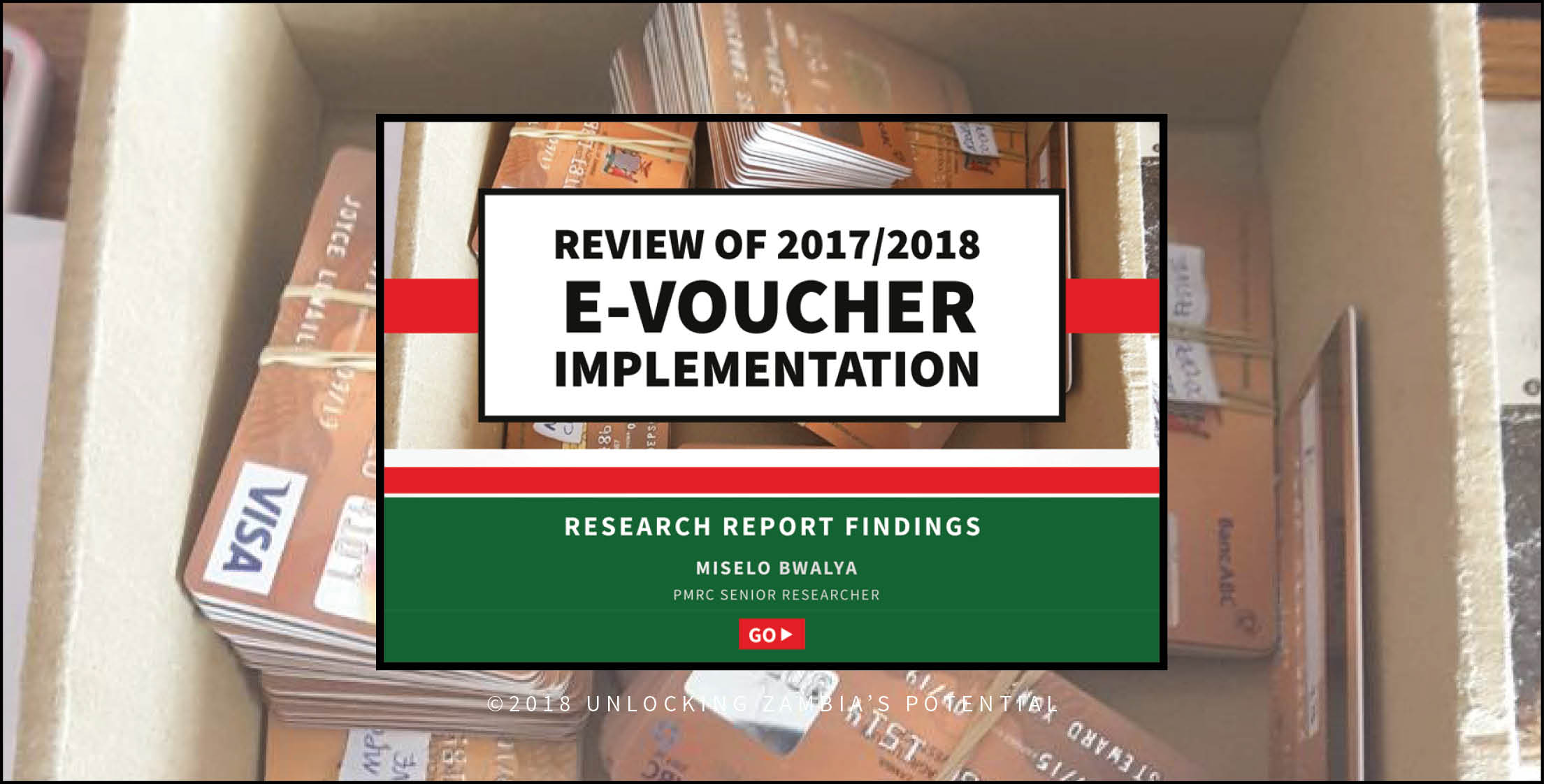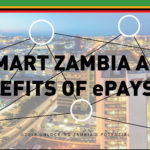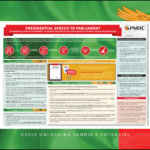The Agriculture sector is one of Zambia’s most important economic sectors. The sector supports the livelihood of approximately 70% of Zambians and contributes around 10% of GDP. With Regards to Economic Growth, of the total 4.1 percent growth recorded in 2017, Agriculture, forestry & fishing industry had the highest contribution accounting for 1.21 percentage points. (CSO, 2018). Consistent with the 7NDP, the Economic Stabilisation and Growth Programme (ESGP) puts particular emphasis on Agriculture, Tourism, Energy, Mining, as the basis for diversification.
- In the 2015/2016 farming season an Electronic Voucher System (E-Voucher) was introduced and piloted in 13 districts during the 2015/2016 farming season.
- This transformation was made to move away from the traditional system of distributing inputs physically from a centralized institution on behalf of the government.
- The traditional system was both costly and inefficient resulting in delays in the distribution of farming inputs due to varying reasons; including delays in procurement and disbursements.
- In its first two seasons of Piloting the E-voucher platform was supported by the ZNFU platform that had an already existing platform
- For the 2017/2018 Farming Season the Zambia Integrated Agriculture Management Information System (ZIAMIS) Platform was introduced with technical support from Smart Zambia Institute (SZI)
Some of the findings are as follows:
Challenges in the programme
- Late commencement of the programme.
- Delayed pin and card replacement for damaged and lost cards.
- Presence of fragmented data affected execution of the programme.
- Duplicate farmer NRCs and name.
- Inadequate capacity to use ICT gadgets.
- Failure by banks to integrate fully with the ZIAMIS platform leading to reconciliation challenges.
- Delayed/non-delivery of e-voucher cards to the eligible farmers by contracted banks.
- Inadequate funds for programme sensitization, monitoring and implementation.
- Delayed response to programme queries by stakeholders.
- Delayed activations and uploading of farmers cards.
- Lack of physical presence by contracted banks in some districts.
- Failure by Agro dealers to transact through ZIAMIS system.
- Inadequate training of Agro-dealers.
Success of the programme
- Establishment of a consolidated and harmonized National Database of FISP beneficiaries.
- Beneficiary verification and tracking elimination of non-existent and duplicate farmers.
- Tracking of inputs being collected by Farmers to help the government make SMART interventions.
- Real Time Tracking of all FISP transaction including payments Improved program transparency by facilitating start-to-end monitoring and oversight of the program
Recommendations
- PMRC urges the Government to ensure that all financial institutions fully integrate with the ZIAMIS platform to ensure that data is harmonized.
- PMRC also encourages Government to ensure that participating financial institutions to decentralise e – Voucher related services so as to improve problem solving and response time.
- PMRC further urges the Government to enhance efforts to sensitize farmers of the implementation of the program, farmer exhibited limited knowledge on the current developments with regards to the program and weather insurance.




